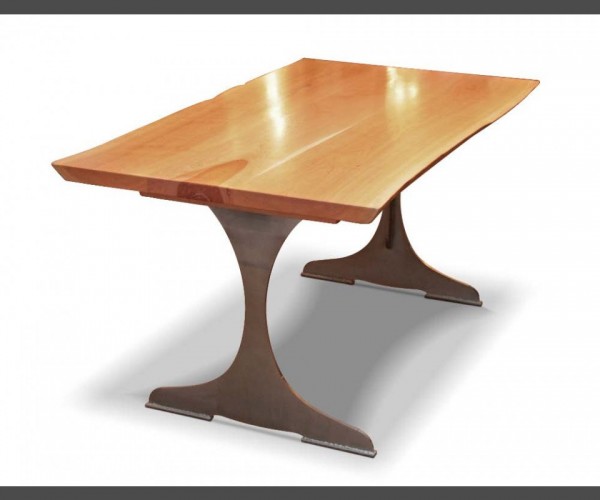Submitted by Quick Home Tips
At first blush, you should know that making your own furniture is actually not as easy as it seems. You will need a considerable degree of skill if you want to do things right and properly as well. Among other things, it takes more than just a bunch of utility knivesand a Grease gunto make a sturdy chair or table. Workmanship makes a world of difference if you want to make furniture that looks good, something that would look as if you had bought it from a furniture shop. Other things you need to consider besides power tools are the proper type of sand paper, chisels, and even different types of wood that would be appropriate to the type of furniture that you make. Also, you need to provide allowances for mistakes especially when you’re not as experienced in making furniture. it’s pretty reasonable to assume that you won’t be able to get things right the first time, so make sure that you have a lot of material to work with. whether it takes you three or four tries to get the design that you want, just make sure that you won’t give in to frustration and give up. Just be persistent and be optimistic, you are going to get it right eventually. Also, it wouldn’t hurt to ask some help from friends and family who may be experienced with wood works. They can teach you a thing or two when it comes to making furniture.
Bolt cutters are quite easy to come by. But before you buy one, make sure that you know its quality first so you don’t waste any money.



